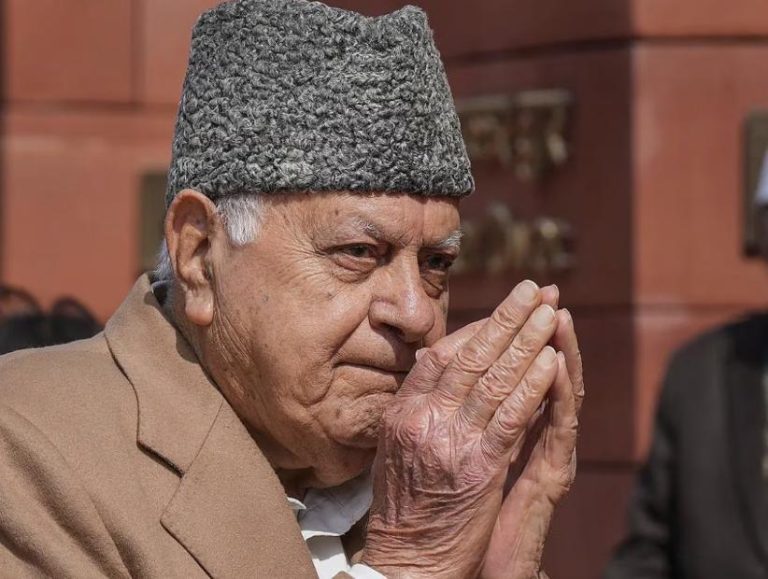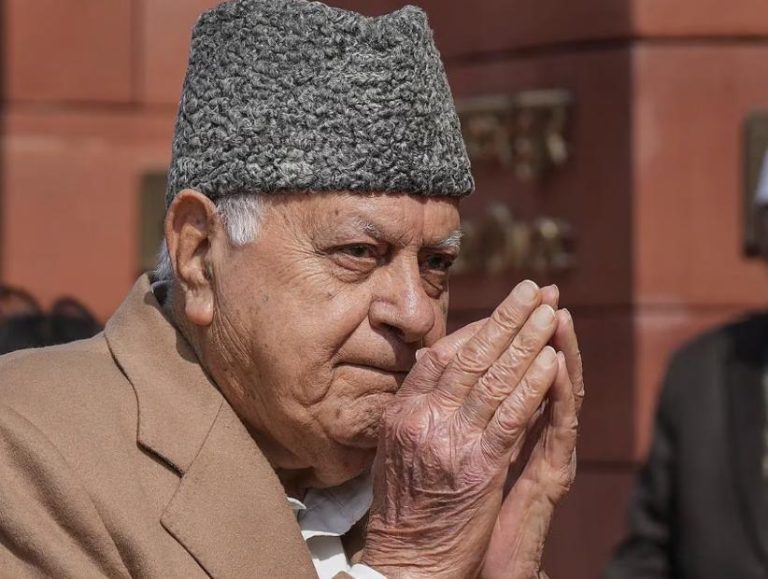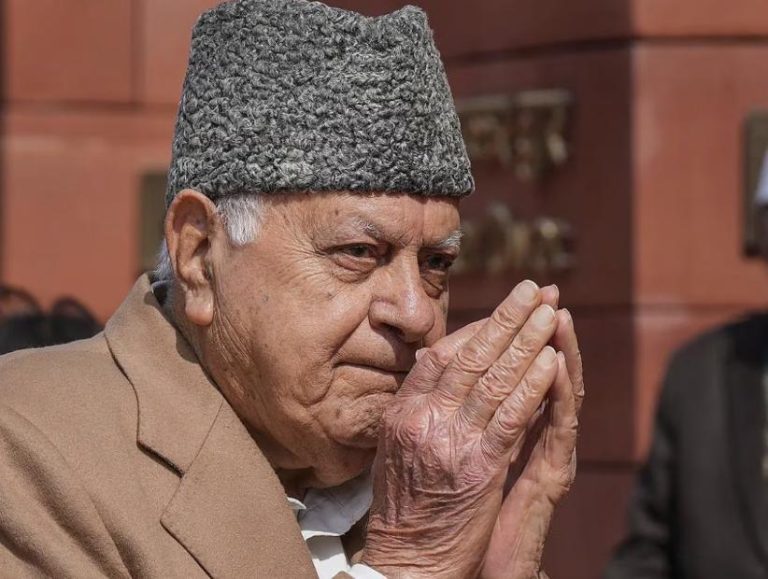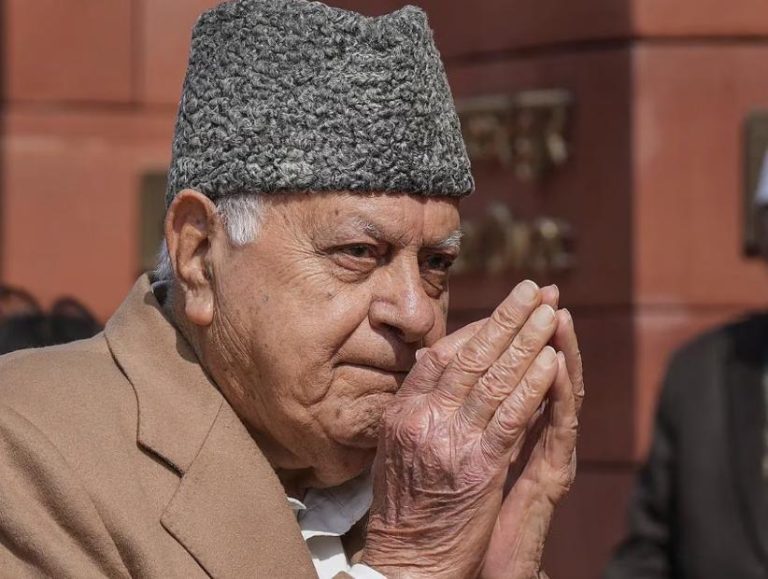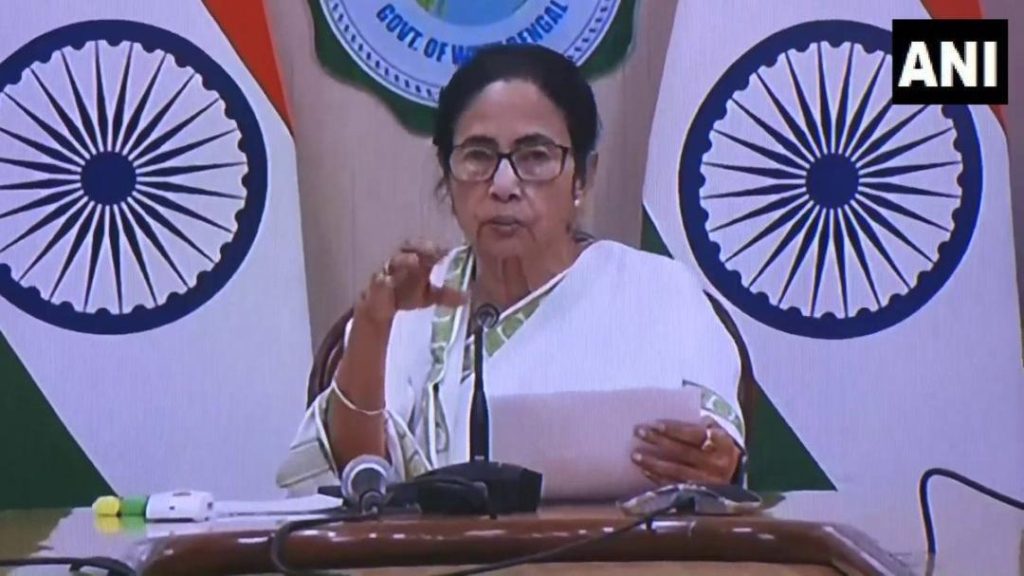
It’s False that Maha Kumbh Happens after 144 Years: WB CM Mamata
The 2023 Maha Kumbh Mela, one of the largest and most sacred Hindu pilgrimages, has been making headlines globally. The event, which has been taking place every 12 years since 1556, was recently attended by millions of devotees. However, West Bengal Chief Minister Mamata Banerjee has sparked a controversy by disputing the notion that this year’s Maha Kumbh is being held after a gap of 144 years. In a recent statement, Banerjee urged the Uttar Pradesh government, led by Chief Minister Yogi Adityanath, to provide compensation to the families of those who lost their lives in a stampede that occurred during the Mela.
The claim that Maha Kumbh happens every 144 years has been a topic of debate among scholars and historians. While some argue that the Mela follows a 12-year cycle, others believe that it is held every 144 years. Banerjee’s statement has reignited the debate, with many questioning the accuracy of the claim.
According to historical records, the Maha Kumbh Mela has been taking place every 12 years since its inception in 1556. The Mela is believed to have started during the reign of the Mughal Emperor Akbar, who was a great patron of Hinduism. The event was initially held at Prayagraj, which was then known as Allahabad, and has since been held at various locations along the Ganges River, including Haridwar and Nashik.
Despite the controversy surrounding the frequency of the Maha Kumbh Mela, the event has continued to attract millions of devotees from around the world. The Mela is considered one of the most sacred Hindu pilgrimages, and is believed to bring good luck, prosperity, and spiritual enlightenment to those who attend.
The 2023 Maha Kumbh Mela was attended by millions of devotees, including several high-profile personalities such as Union Home Minister Amit Shah and Uttar Pradesh Chief Minister Yogi Adityanath. The event saw a massive influx of devotees, with many camping on the banks of the Ganges River for days to take a dip in the holy waters.
However, the Mela was marred by a stampede that occurred on the third day of the event, resulting in the deaths of several people. The stampede was caused by a sudden rush of devotees trying to take a dip in the Ganges River, which led to a crush and resulted in the tragic loss of life.
Banerjee’s statement urging the Uttar Pradesh government to provide compensation to the families of those who died in the stampede has sparked a controversy. While the Uttar Pradesh government has announced that it will provide compensation to the families of the victims, many are questioning the adequacy of the compensation amount.
The controversy surrounding the Maha Kumbh Mela is just the latest in a series of debates and disputes that have surrounded the event. In recent years, there have been several controversies surrounding the Mela, including allegations of corruption and irregularities in the allocation of land and resources.
Despite the controversies, the Maha Kumbh Mela remains one of the most sacred and significant Hindu pilgrimages. The event is a testament to the power of faith and the importance of spirituality in Hindu society. As Banerjee’s statement highlights, the Mela is not just a religious event, but also a symbol of cultural and national heritage.
In conclusion, the controversy surrounding the frequency of the Maha Kumbh Mela is just the latest in a series of debates and disputes that have surrounded the event. While Banerjee’s statement has sparked a controversy, it has also highlighted the importance of the Mela as a symbol of cultural and national heritage. As the Mela continues to attract millions of devotees from around the world, it is essential that we remember the significance and importance of this sacred Hindu pilgrimage.
